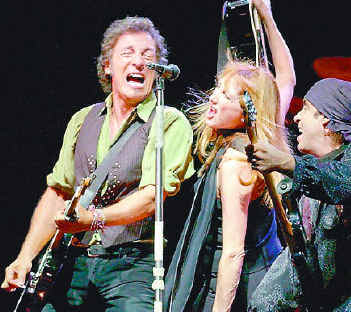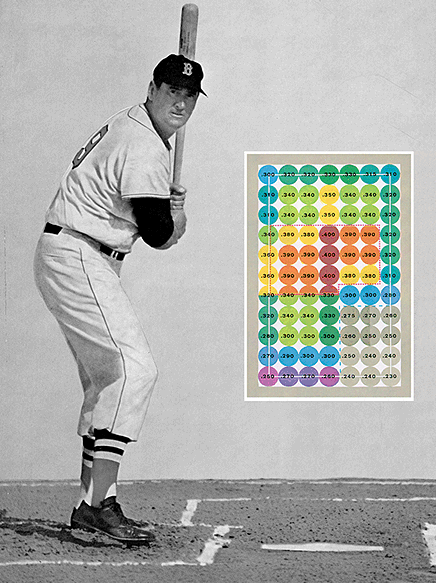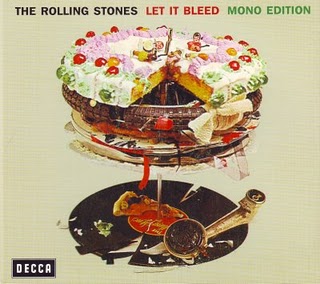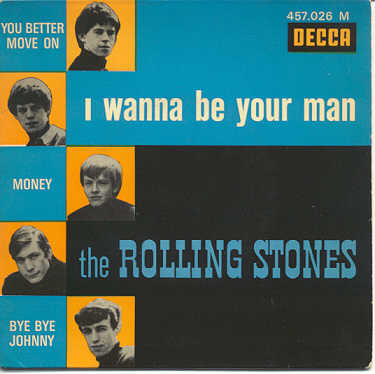Let’s face it: Mr. Moderator has exquisite taste in music, but I’ve know the guy for a long time. I know he’s got a few holes in his game. While he’s away, see if you can determine the five most egregious holes in Mr. Mod’s otherwise exquisite taste in music. His holes can be big or small, from entire genres or artists to specific albums or tracks. If he were here he would ask that you hold nothing back. On his behalf, I thank you.
The year we met in college, sammymaudlin and I developed a drinking game around the mildy popular tv show T.J. Hooker. I assume most of you have played a drinking game based around a tv show at one time or another. There are certain cues based around expectations in plot and character devices that require participants to drink. Newhart, I believe, was a popular game when we were in college, but we felt we were too cool to swig whenever a character on the show said “Bob.” Our game, “Hooker,” did involve swigging down beer or whatever whenever a character addressed the former James Tiberius Kirk, but it had other cues for drinking, such as the obligatory T.J. Hooker lecture to an apprehended bad guy, man-girdle and toupee shots of Shatner, the absence of a rear-view mirror in any cop car, key appearances by young Heather Locklear, any scene featuring the “Boy Romeo” charms of Adrian Zmed, and – most exciting of all – any number of perceived references to Star Trek! A character touching the shoulder of another character, for instance, was a clear reference to Spock’s Vulcan nerve pinch. Hooker closing in with Kirk-like moves on a woman in need was another reason to swig.
Continue reading »
How deep should first musical impressions cut? Is there more in a track that may have first caught my ear? Do I clutch too tightly to the romantic notion that no record should ever sound different than how I first heard it, or more accurately the collective power of the record’s first 100 spins? It’s not like I listen to my childhood vinyl on the same record player I had as a kid, but I run up against such questions any time I pick up a reissue of a beloved album that’s been remastered or released in its original mono form, a German true stereo mix, or what have you. Like my friend who can’t get past any digital remastering of “Satisfaction” in which you can hear the acoustic guitar and piano, which were buried in the rhythm section on the vinyl versions of the song we grew up with, I tend to get a little attached to how records sounded when I first heard them.
I recently downloaded a rare mono mix of The Rolling Stones’ Let It Bleed, my favorite post-Brian Jones Stones album and, from my years of spinning it on vinyl, the best-sounding Rolling Stones album. I’ve never been that much of a purist about mono vs stereo mixes; in fact, any purism I hold in this regard is centered around my personal experience. If I first heard an album in mono, then mono is the “correct” format, and vice versa. The mono mix of The Kinks Are the Village Green Preservation Society, which was included with stereo version on some CD reissue from a few years back, does not impress me. I continue to hold true to the magic of the flimsy, $2.99 Spanish vinyl pressing I fell in love with after bringing home from the Temple U. bookstore in the early 1980s.
Continue reading »
You know the drill: one band/artist per entry, last entry is the Last Man Standing!
I want to know how many bands you can name that hail from, *and* that made/recorded at least some of their music in, the American desert Southwest. For the purpose of clarification, I say the “desert Southwest” includes the following states only:
Arizona
New Mexico
I realize this is topographically, meteorologically and culturally incorrect, but I don’t care. No answers featuring the desert parts of Colorado, Utah, California and Texas. Let’s keep this one short and focused, people.
I’ll start with:
Buddy Holly — Clovis, New Mexico


On some as-yet-undetermined date in some as-yet-undetermined city (surely a United States city), Bruce Springsteen and His E Street Band struck the powerful, unifying, healing pose that’s come to be known through the Halls of Rock as Rock ‘n Roll Iwo Jima. This is a pose that had never before been perfected on stage, not by Seger, John Mellencamp, or U2. Today we will attempt to define this term for future generations of musicians, rock critics, and music lovers, and we will begin to trace its development.
News of the once-smokiest Philadelphia rock club no longer putting on shows coupled with a catchy radio PSA rap from the Pennsylvania Department of Health on the need to show ID when buying cigarettes reminded me of the prominent role smoking – cigarettes – once played in rock ‘n roll.
Continue reading »




